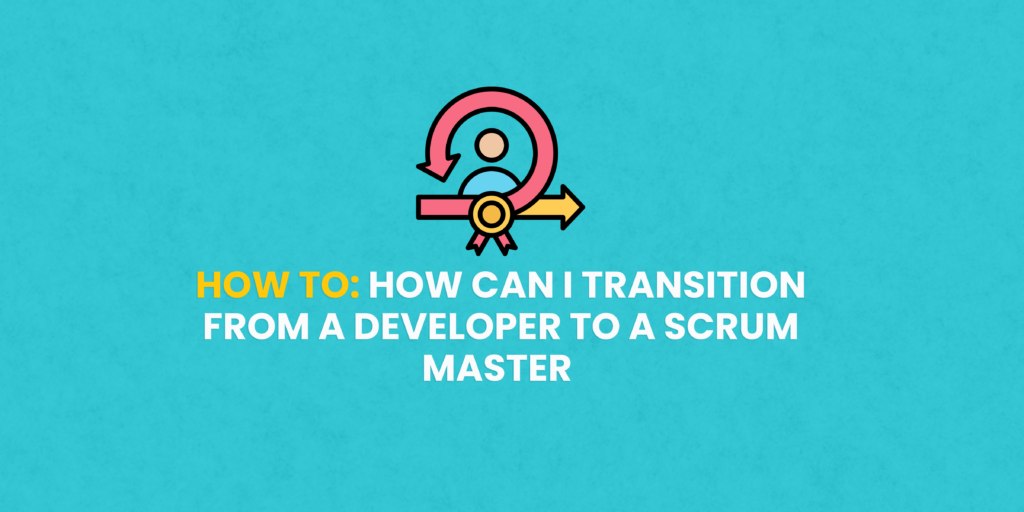At CAVU we often get questions about how to incorporate Scrum for one person or as a team of one. Incorporating Scrum in small organizations or teams of one is a fascinating concept. And I have run into it a lot in my training. Due to the nature of our training, we do get a lot of people coming in – they are in between jobs or looking for their next job or from a career that does not have Scrum teams. They are learning the concepts of Scrum, but they are not sure how to get started.
Recently, I taught a class, and this came up a lot with this group where there was not a single person in the class who ever worked in a setting that would have had anyone using Scrum of any kind and they want to know how they are going to get the experience.
I have always talked about using Scrum in your daily life. Kim Antelo, one of my good friends and mentors, talks about using Scrum to plan your family vacation or planning your family life. It is a valuable tool because it translates into this concept of Scrum for one. Of course, we are not the first people to ever talk about it. There are not a lot of people who really dive into the idea of Single Serving Scrum, partly because Scrumming with one person is difficult because you must incorporate all three Scrum roles – a Scrum Master, Product Owner, and Developer – into a single person. This can feel a little weird and a bit contrived.
Remember that Scrum is a framework that allows you to prioritize work, get more accomplished, and create more value by focusing on the right things. And to really focus on those concepts, a team usually has someone helping the team get better (the Scrum Master), someone help understand vision and priority (the Product Owner), and having someone who is good at executing and getting things done (Team Members / Developers).
However, even if you do not have a full team, Scrum works well in our personal life. You can do this with one person, but you just have to put on different hats at times. Sometimes you are going to look at how you are going to get better as a human being, and you will put on your Scrum Master hat. You will evaluate the work you are doing and how you are getting it done. Is there a way your process can get better, maybe with different tools or different training?
Then you put on your Product Owner hat, which is the vision hat. Are you going in the right direction? Are you accomplishing the things in your life that you want to accomplish? You do not always have to accomplish things to have a huge value, but in doing that, you need to make sure you are being intentional, and you focus on that.
Sometimes you simply need to get stuff done. You cannot just think about it. You cannot just talk about how you get done. You have to go DO something. So, you put on your Developer hat and go execute on it.
The concepts of Scrum work really, really well in your personal life, but they do have to be adapted.
One of the exercises we have done during our Scrum Bootcamp is the vacation planning exercise, which we have found to be an effective way to internalize Scrum at any size. It is a little more relatable when you are planning an outing or planning an evening out or planning a vacation. You can see how it works in your real life and how Scrum can help.
One of the things that also comes up is, especially in the startup world, where you have departments or teams of one. Often, not every team is only one, sometimes you have a team that has five people on it and the next department only still has one person. How do you introduce Scrum to a whole organization when not every organization has full teams?
This happens at CAVU. We have a content team, which has four people on it. There is our growth team, which has contracts with external people, but no one full-time other than our chief growth officer. When you’re under these situations, it is more like personal Scrum. If you are a single person and you are trying to go through all the Scrum framework, you still need to do the roles.
Ideally, when you work in a team of one you make sure that you are getting good vision by working with other product owners to help set your vision. Then there are times you put your Product Owner hat on, and you decide the big goals you are trying to achieve. Sometimes you put on your Scrum Master hat, and you look at your process, what is one thing I can do to get better for next week or even be better this week. Then, of course, sometimes you have to do stuff.
While it is not ideal in a professional setting, you are not going to get the same increase in value that you are going to get with a team. Single Serving Scrum contributors can do phenomenal work and do it all the time.
Episode 6 of the 16th Minute podcast featured Chris talking about Single Serving Scrum.
You can listen here:








